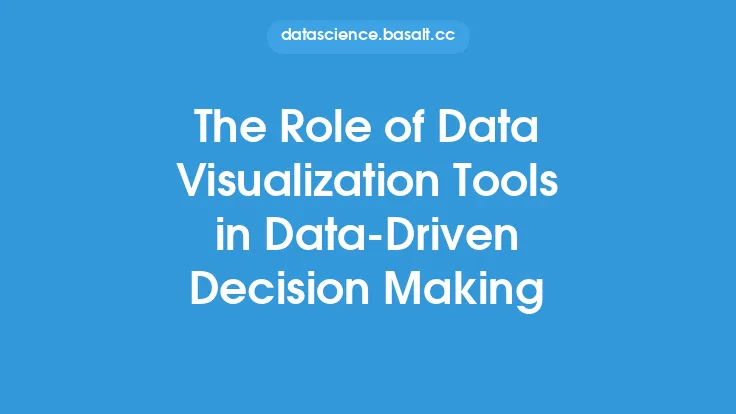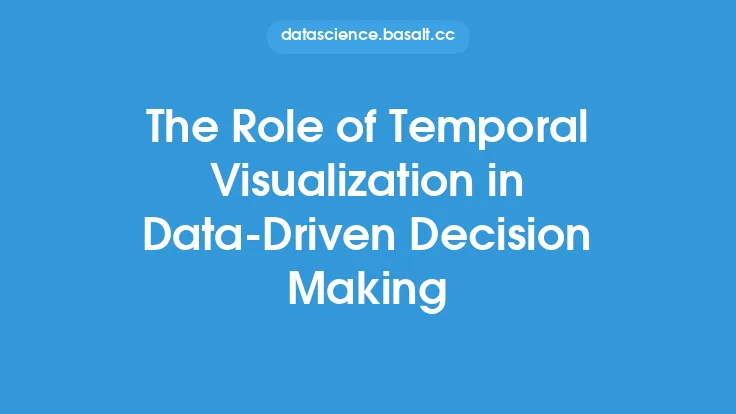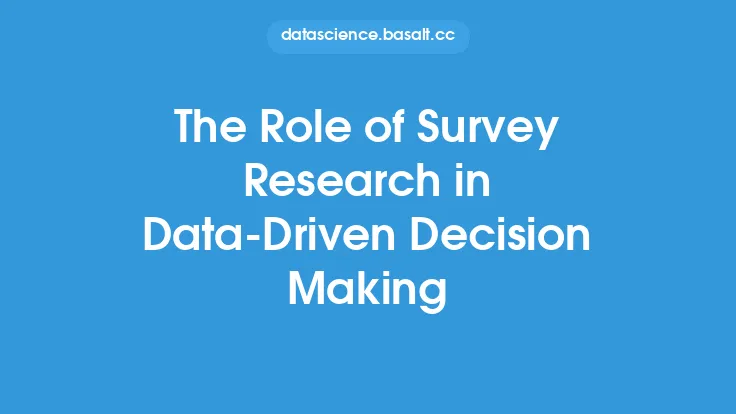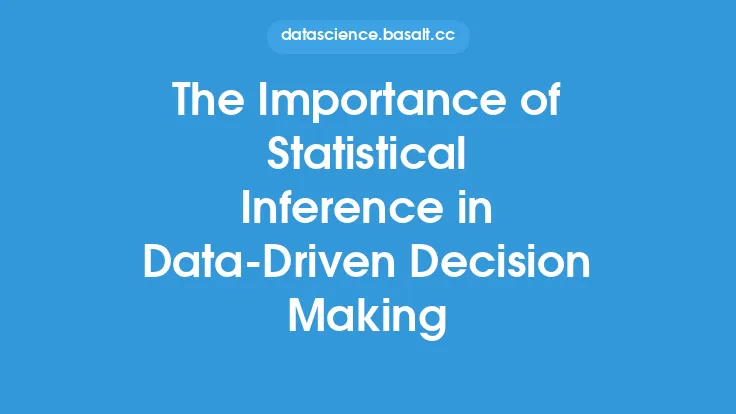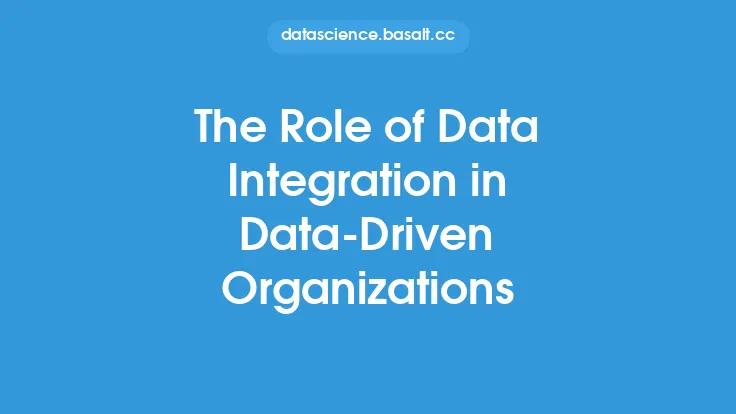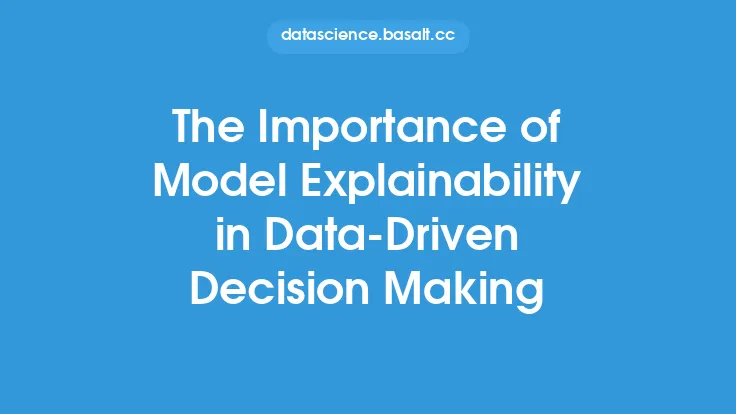Data-driven decision making has become the cornerstone of modern business strategy, enabling organizations to make informed decisions based on facts and trends rather than intuition or guesswork. At the heart of this approach lies the ability to collect, process, and analyze vast amounts of data from diverse sources. This is where data ingestion comes into play, serving as the critical first step in the data pipeline that feeds into the decision-making process. Data ingestion refers to the process of collecting, transporting, and processing data from various sources into a system where it can be stored, analyzed, and utilized for insights.
Introduction to Data Ingestion in Decision Making
Data ingestion plays a pivotal role in data-driven decision making by ensuring that relevant data is captured and made available for analysis. The process involves several key steps, including data collection, data transformation, data quality checks, and data loading into a target system such as a data warehouse or data lake. Each of these steps is crucial for ensuring that the data is accurate, complete, and in a format that can be easily analyzed. The complexity of data ingestion arises from the variety of data sources, including social media, IoT devices, customer feedback platforms, and internal databases, each generating data in different formats and at varying velocities.
The Data Ingestion Process
The data ingestion process begins with identifying the data sources that are relevant to the decision-making process. This could range from structured data stored in relational databases to unstructured data such as text documents, images, and videos. Once the sources are identified, the next step involves collecting the data, which can be done through various methods including APIs, file transfers, and message queues. The collected data then undergoes a transformation process where it is formatted into a consistent structure that can be easily analyzed. This step is critical as it ensures that data from different sources can be compared and contrasted to derive meaningful insights.
Technologies and Tools for Data Ingestion
Several technologies and tools are available to facilitate the data ingestion process, catering to different scales and complexities of data. For real-time data ingestion, technologies like Apache Kafka, Amazon Kinesis, and Google Cloud Pub/Sub are commonly used due to their ability to handle high-throughput and provide low-latency data processing. For batch processing, tools like Apache Beam, Apache NiFi, and AWS Glue are preferred for their ability to handle large volumes of data and provide a high degree of customization. The choice of technology or tool depends on the specific requirements of the organization, including the type of data, the velocity at which it is generated, and the scalability needs of the system.
Challenges in Data Ingestion
Despite its importance, data ingestion poses several challenges, including handling the volume, variety, and velocity of data. As organizations grow, so does the amount of data they generate, making it challenging to scale data ingestion processes. Additionally, ensuring data quality and handling data privacy and security concerns are significant challenges. Data ingestion systems must be designed to detect and handle errors, missing data, and inconsistencies without disrupting the flow of data. Moreover, with the increasing regulatory focus on data privacy, ensuring that data ingestion processes comply with laws such as GDPR and CCPA is crucial.
Best Practices for Effective Data Ingestion
To overcome the challenges associated with data ingestion and ensure that it effectively supports data-driven decision making, several best practices can be adopted. First, it is essential to have a well-defined data strategy that outlines what data is needed, how it will be collected, and how it will be used. Second, implementing a scalable and flexible data ingestion architecture that can handle changing data volumes and varieties is critical. Third, prioritizing data quality through rigorous validation and cleansing processes ensures that the data used for decision making is accurate and reliable. Finally, continuously monitoring and optimizing the data ingestion process for performance and efficiency is key to ensuring that data is available when it is needed.
The Future of Data Ingestion
The future of data ingestion is closely tied to advancements in technologies such as cloud computing, artificial intelligence, and the Internet of Things (IoT). As more data is generated from diverse sources, the need for real-time data ingestion and analysis will increase. Cloud-native data ingestion tools and serverless architectures are expected to play a significant role in handling the scale and complexity of modern data pipelines. Additionally, the integration of AI and machine learning into data ingestion processes will enable more automated decision making, predictive analytics, and personalized customer experiences. As data continues to be the lifeblood of modern organizations, the role of data ingestion in facilitating data-driven decision making will only continue to grow in importance.
